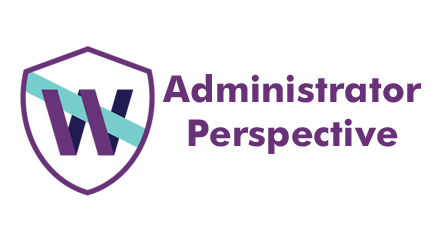Why Continuous Improvement
No matter how good your process is, it can be better. It can have better quality, cost, or time. This is continuous improvement. It applies regardless of your/your organization’s mission.
Long known within the world of manufacturing, Continuous Improvement (CI) Science focuses on data driven process improvement toward improved outcomes: making the end result of action an improvement upon the last. It has also been identified as a tool for improving processes within other types of work: that of schools, nonprofits, and community agencies. Laying data-driven improvement practices over multiple sectors within a community is the power behind collective impact. Training in process improvement is not about trying to change the mission of the work of a trainee. Rather, it provides tools for making that work more impactful, trackable, and shareable. CI is the process and practice. Diffusing this throughout a community becomes collective impact.
PROGRAMS FOR EDUCATORS
Embedding CI science in the unique human centered process of education has proven a key in shifting the learning dynamic from content focus to a uniquely child-centered focus. Knowing where a child is along a content continuum, and adjusting the process of teaching and learning to begin there, means progress that can be sustained, without gaps that form if a content only approach is followed. Teachers participating in training receive classroom appropriate process training that ultimately allows them to follow the Plan Do Study Act cycle with students.
PROGRAMS FOR NONPROFITS AND COMMUNITY SERVICE PROVIDERS
CI process training empowers those providing services to children and families in our community to do what they do best and to demonstrate their program impact in a way that can be communicated to others. Training embeds tracking of program outcomes into the processes used to deliver programs. By doing this, program delivery can be adjusted to continually improve outcomes toward program goals.




